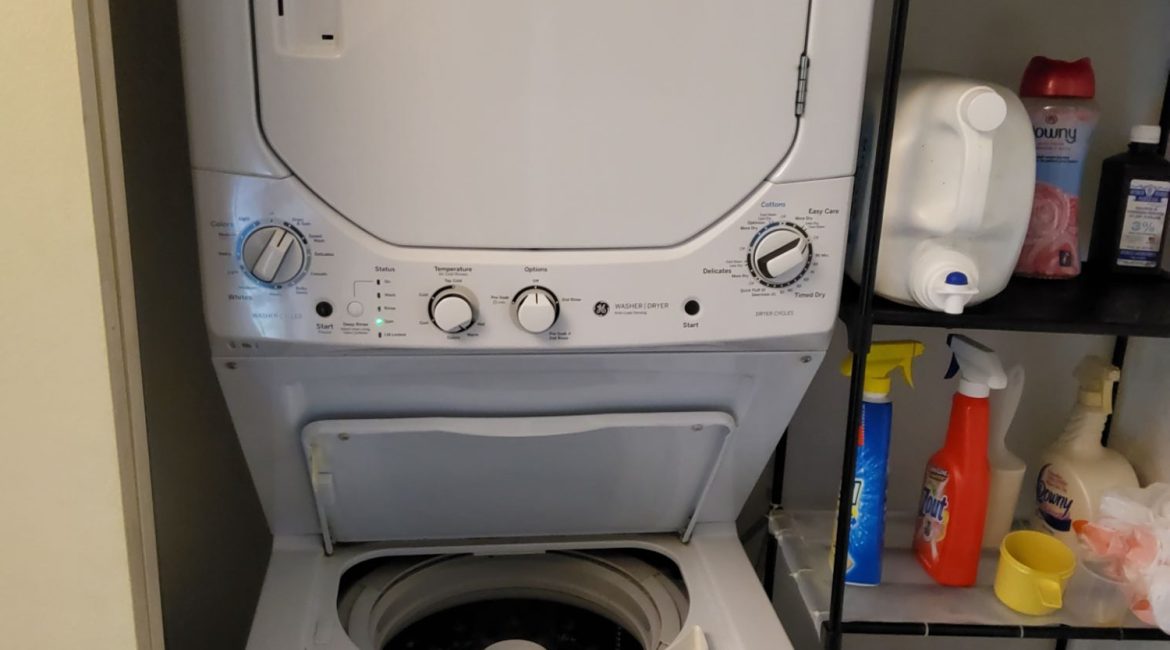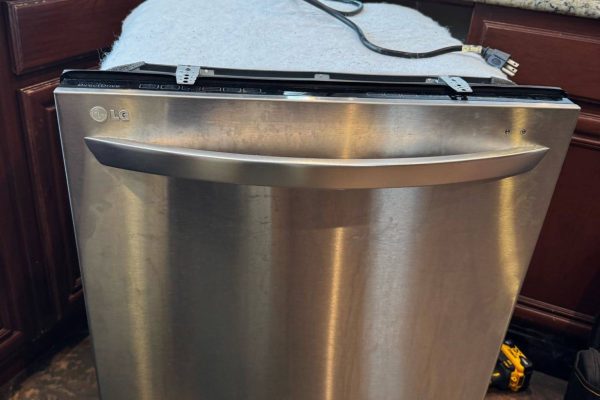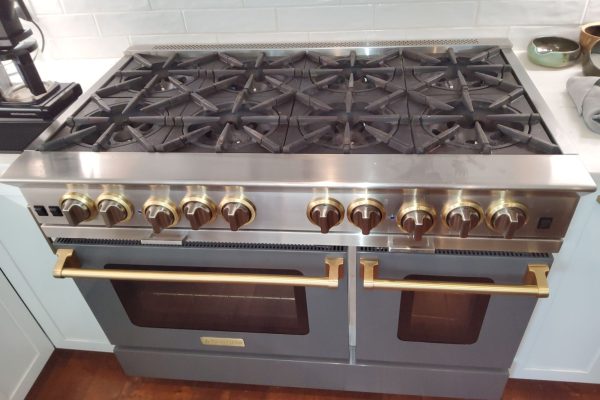Your washing machine fills with water, but when it’s time to wash, the drum sits motionless. The clothes just soak in water, and you’re left frustrated, wondering what went wrong. This problem is surprisingly common and often points to a failure in one of two crucial components: the agitator or the motor coupler. Understanding how these parts work and how they can fail will help you identify the issue and decide when it’s time to call for professional repair.
The Role of the Agitator in Washing Performance
The agitator is the central spindle inside the drum that moves back and forth during the wash cycle. Its job is to create friction between clothes, water, and detergent, ensuring a deep and even clean. When this part malfunctions, the washer may fill normally but won’t perform the wash action, leaving your laundry untouched.
Over time, agitators can wear out due to the constant mechanical stress they endure. The most common issue is stripped agitator dogs—small plastic pieces inside the agitator that grip and turn it. When they wear down, the agitator won’t move properly, even if the motor is functioning.
Signs of a broken agitator include:
- The agitator moves freely by hand or wobbles excessively.
- The motor hums during the wash cycle, but there’s no movement.
- The top part of a dual-action agitator spins while the bottom stays still.
Replacing agitator dogs or the agitator assembly can often solve the issue, but it’s important to verify that no other mechanical or motor-related problems are present before making repairs.
The Motor Coupler: A Hidden but Vital Link
If your washer’s agitator seems fine but the drum still won’t move, the problem might lie deeper — with the motor coupler. This small but critical part connects the motor to the transmission, allowing power from the motor to drive the agitator and spin cycles.
The motor coupler typically consists of two plastic hubs connected by a rubber disk. Over time, the rubber can wear out, or the plastic hubs can crack from stress, especially if the washer has been overloaded frequently. Once damaged, the coupler can no longer transfer power effectively, causing the washer to fill but not agitate.
Common symptoms of a worn motor coupler include:
- The washer fills and drains but doesn’t agitate or spin.
- You may hear the motor running but notice no drum movement.
- A faint burning rubber smell or rattling sound may be present.
Replacing a motor coupler is a straightforward repair for a skilled technician. However, it requires disassembling part of the machine, so professional help ensures safety and prevents further damage.
Other Possible Causes to Consider
While the agitator and motor coupler are the most frequent culprits, there are a few other potential causes worth mentioning:
- Lid Switch Malfunction – Many washers won’t agitate if the lid switch is broken, as it’s a safety feature designed to stop the cycle when the lid is open. If the switch is faulty, the washer may appear to stall.
- Drive Belt Damage – In belt-driven washers, a worn or broken drive belt can prevent agitation. You may hear the motor humming but no motion in the drum.
- Faulty Timer or Control Board – If electrical signals fail to reach the motor, even perfectly good mechanical components won’t move. A technician can test continuity to confirm.
- Transmission Problems – In rare cases, the washer’s transmission may be at fault. This is a complex and costly repair best handled by professionals.
Preventing Future Agitation Problems
Prevention is always better than repair. To reduce wear on these components and extend the life of your washer:
- Avoid overloading the washer. Too much weight puts stress on the motor and coupler.
- Distribute laundry evenly to prevent imbalance.
- Regularly check for unusual noises or sluggish agitation and address them early.
- Use only recommended detergent types and amounts to prevent buildup that can strain moving parts.
Routine maintenance, including cleaning filters and inspecting hoses, also ensures smooth operation.
When to Call a Professional
If your washer fills but doesn’t agitate, you can perform a few basic checks — ensure the lid is closed properly, inspect for obvious obstructions, and listen for motor sounds. But diagnosing and replacing a motor coupler or agitator parts typically requires disassembly and technical expertise.
That’s where a trusted repair company comes in.
Expert Washer Repair You Can Rely On
At Oceanside Appliance Service Center, we specialize in diagnosing and repairing washing machine issues quickly and efficiently. Our skilled technicians can determine whether the problem lies in the agitator, motor coupler, or another component, and perform precise repairs using quality parts.
We understand how disruptive a malfunctioning washer can be to your daily routine. That’s why we offer same-day service options and transparent pricing — so you can get back to clean, fresh laundry without the hassle.
Don’t wait until a small issue becomes a costly repair.
Call Oceanside Appliance Service Center today for professional washer repair and maintenance services you can trust. Our experts will have your machine working like new in no time.
Contact us


